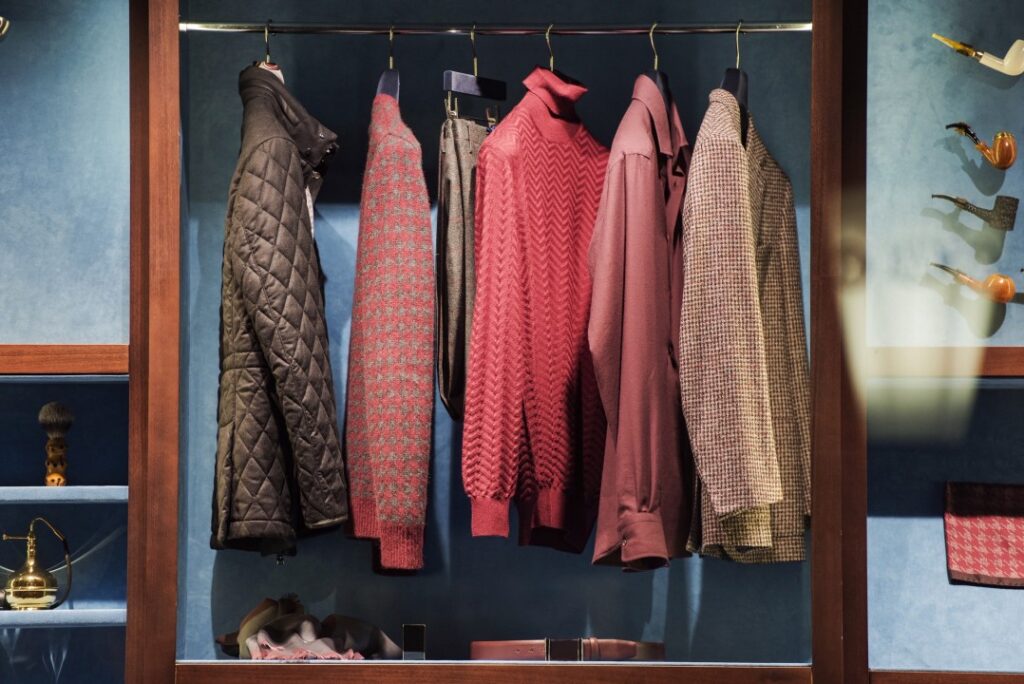Table of Contents:
- Introduction to Sustainable Fashion
- Understanding Sustainable Fashion
- The Ethical Side of Fashion
- Materials Matter
- Smart Shopping for Sustainability
- The Role of Fashion Brands
- Thrifting and Second-Hand Fashion
- Care and Maintenance
- The Lifecycle of Your Clothes
- Fashion Forward: Innovations in Sustainability
Key Takeaways:
- Sustainable fashion extends beyond environmentally friendly practices and incorporates ethical considerations and fair labor practices.
- Choosing materials wisely is pivotal in reducing the ecological footprint of the clothing industry.
- Understanding the entire lifecycle of clothing items can lead to more responsible consumption and disposal practices.
- Smart shopping, such as discounts, can economically support sustainable fashion efforts.
- Technological advancements offer promising avenues for increasing sustainability in the fashion sector.
Understanding Sustainable Fashion
Imagine a world where each dress or shirt you wear contributes to the well-being of our planet. This isn’t just a dream; it’s what sustainable fashion looks to realize. As the pendulum approaches environmental conservation, our clothes become a statement of our commitment to this cause. Sustainable fashion isn’t just a niche trend but a comprehensive approach to reducing our ecological footprint. It challenges the traditional paradigms of clothing production and consumerism, advocating for a system that considers the long-term effects of fashion on both the planet and its inhabitants.
Sustainability in fashion covers a variety of practices, from sourcing eco-friendly materials to reducing waste and energy consumption during production. It also extends to the end-user, encouraging consumers to think about their purchase decisions, care habits, and even the disposal of their garments. To paint a stark picture, consider the resources consumed and pollutants released during the lifecycle of just a single cotton t-shirt. The need for industry change becomes apparent when faced with such data. Moreover, reputable information sources such as National Geographic provide an in-depth look into the fashion industry’s environmental impact, further underlining the imperative for sustainable fashion.
The Ethical Side of Fashion
Sustainable fashion is more than a fleeting trend; it’s a commitment to the future of our planet. By incorporating eco-friendly practices into our shopping habits, such as utilizing discounts with an H&M promo code and making mindful decisions about our garments’ lifecycle, we can positively impact the environment and society. Sustainable fashion also demands that we focus on ethical practices within the fashion industry. For many brands and designers, this means ensuring workers receive fair wages, safe working conditions, and respectful treatment. A shift towards ethical fashion indicates a growth in consumer consciousness about the narratives behind their clothing items. For instance, the presence of child labor or the use of processes that harm animals are being increasingly scrutinized. Making morally sound choices extends beyond personal benefits, cultivating an industry that uplifts all stakeholders, from the cotton farmer to the retail worker.
Materials Matter
One of the most straightforward starting points for sustainable fashion is the material foundations of our clothing. While natural materials like organic cotton, bamboo, and hemp present environmentally sound options, it’s essential to investigate the conditions under which they were grown and how they were processed. Comparably, synthetic fabrics might last longer but usually come at a more significant environmental cost in production and disposal. As consumers, understanding these nuances helps us make more informed decisions when building our wardrobes.
Smart Shopping for Sustainability
We often look for deals and savings when shopping for new closet additions. Sustainable fashion should not be seen as something that’s inherently costly. There are ways to make eco-friendly fashion choices without breaking the bank. For example, searching for an H&M promo code can make purchasing sustainable clothing lines, like H&M’s Conscious collection, more affordable. This demonstrates that you don’t have to sacrifice style or budget to stand by sustainable fashion choices.
The Role of Fashion Brands
As industry leaders, fashion brands are responsible for leading sustainability. Integrating sustainable practices into major brands’ product lines and missions is a powerful signal to consumers and the industry. These brands have the power to set trends in style and sustainability. We’re voting with our wallets and influencing the broader market by supporting brands that align with eco-friendly values.
Thrifting and Second-Hand Fashion
Second-hand fashion has made a massive comeback, and it’s not just fashionistas who are taking notice. Thrifting effectively counteracts the fast fashion model, allowing us to find unique pieces while reducing waste. By purchasing second-hand, we extend the life of clothes that might otherwise end up in a landfill. And forget the misnomer that second-hand means second-best; many thrift stores and online platforms offer high-quality garments as desirable as new ones.
Care and Maintenance
The lifespan of our clothing can often be extended through proper care and maintenance. Simple habits like washing on a gentle cycle, avoiding the dryer when possible, and mending small rips or tears can drastically extend the life of a garment. By investing a small amount of extra effort into maintaining our clothes, we contribute significantly to sustainable practices.
The Lifecycle of Your Clothes
The lifecycle of a piece of clothing extends from its design phase to the moment it’s no longer usable. Consumers and producers must consider each item’s entire journey to contribute to a circular economy in the fashion world. It’s not just about producing sustainably but also about using clothes responsibly and extending their life through repair, repurposing, or recycling. Giving thought to the end of a garment’s life is as essential as its beginnings.
Fashion Forward: Innovations in Sustainability
Encouragingly, there are constant innovations within the realms of sustainable fashion. Researchers continually search for new materials and methods to reduce the industry’s environmental footprint. Innovations such as lab-grown leather, zero-waste pattern making, and waterless dye technologies are already making strides towards a more sustainable future in fashion. Staying informed about and supporting these advancements can move the needle even further in the right direction.


